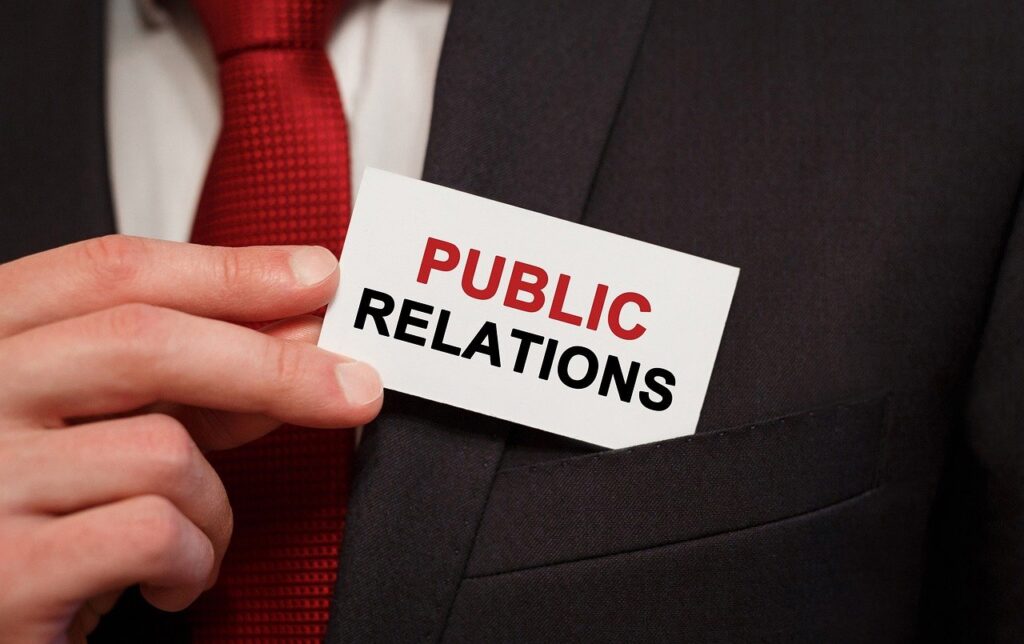Public relations in regulated industries presents unique challenges that demand specialized knowledge and careful execution. Financial services, healthcare, and legal sectors operate under strict regulatory frameworks that govern every aspect of external communications. These regulations, while necessary for protecting consumers and maintaining industry standards, create a complex environment where PR professionals must balance effective communication with compliance requirements. Understanding how to navigate these restrictions while building and maintaining a strong brand presence has become increasingly important as these industries face growing public scrutiny and evolving regulatory landscapes.
5WPR Insights
Understanding the Regulatory Landscape
The regulatory environment for financial services, healthcare, and legal sectors continues to evolve, with new requirements emerging regularly. The Securities and Exchange Commission (SEC), Financial Industry Regulatory Authority (FINRA), Health Insurance Portability and Accountability Act (HIPAA), and various state bar associations set strict guidelines for communications in their respective industries.
In the financial sector, FINRA Rule 2210 governs all forms of communication with the public, requiring pre-approval of certain materials and specific disclosures. For healthcare organizations, HIPAA privacy rules restrict what information can be shared about patients and treatments. Legal communications must adhere to state bar association rules regarding advertising and client communications.
These regulations impact everything from social media posts to press releases, making it essential for PR professionals to maintain current knowledge of applicable rules and requirements.
Building a Compliant PR Strategy
Creating an effective PR strategy in regulated industries requires a thorough understanding of both communication goals and regulatory requirements. The first step involves establishing clear protocols for content review and approval.
Many organizations implement a multi-step review process that includes:
- Legal department review
- Compliance officer approval
- Subject matter expert verification
- Executive team sign-off
According to a 2022 study by the Public Relations Society of America (PRSA), 78% of PR professionals in regulated industries report spending more time on compliance reviews than actual content creation. This statistic underscores the importance of building compliance into the PR planning process from the start.
Financial Industry PR Requirements
Financial services PR faces some of the most stringent regulations. The SEC and FINRA require specific disclaimers and disclosures in all communications, including social media posts. Performance claims must be backed by documented evidence, and forward-looking statements must include appropriate risk warnings.
Material information must be distributed equally to all investors, as required by Regulation Fair Disclosure (Reg FD). This regulation prevents selective disclosure of material nonpublic information to certain individuals or entities.
A successful financial PR strategy includes:
- Regular training on current regulations
- Documented approval processes
- Clear guidelines for social media use
- Crisis communication plans that account for regulatory requirements
Healthcare Communication Challenges
Healthcare PR professionals must navigate HIPAA requirements while communicating effectively about medical advances, patient care, and organizational achievements. Patient privacy protection remains paramount, requiring careful consideration of any case studies or success stories.
The Office for Civil Rights (OCR) at the Department of Health and Human Services reported that healthcare organizations paid $28.7 million in HIPAA violation penalties in 2021, highlighting the serious consequences of non-compliance.
Key considerations for healthcare PR include:
- Patient consent requirements
- De-identification standards for case studies
- Guidelines for discussing treatment outcomes
- Social media policies that protect patient privacy
Legal Sector PR Restrictions
State bar associations set strict rules about how law firms can market their services and communicate with the public. These rules often restrict claims about specialization, past results, and client relationships.
The American Bar Association’s Model Rules of Professional Conduct provide baseline guidance, but specific requirements vary by state. PR professionals must ensure compliance with rules in all jurisdictions where their firm operates.
Common restrictions include:
- Limitations on claiming expertise
- Requirements for disclaimer language
- Restrictions on testimonials
- Rules about discussing pending cases
Crisis Communication in Regulated Industries
Crisis communication requires special consideration in regulated industries. The need for rapid response must be balanced against compliance requirements and potential legal implications.
A 2023 Deloitte study found that 89% of companies in regulated industries that successfully managed crises had pre-approved communication templates and established approval processes in place.
Essential elements of crisis communication include:
- Pre-approved message templates
- Designated spokespersons
- Clear approval chains
- Regulatory compliance checklists
Measuring PR Success
Measuring PR success in regulated industries requires specific metrics that account for both communication effectiveness and compliance. Traditional metrics like media mentions must be evaluated alongside compliance-related measures.
Key performance indicators often include:
- Compliance violation incidents
- Message accuracy rates
- Stakeholder understanding levels
- Reputation indices
Digital Communication and Social Media
Social media presents particular challenges in regulated industries. The real-time nature of these platforms conflicts with the need for careful review and approval of communications.
According to a 2023 Thomson Reuters study, 65% of regulated industries now use social media monitoring tools to ensure compliance and track potential violations.
Best practices for social media include:
- Pre-approved content libraries
- Real-time monitoring systems
- Regular staff training
- Clear escalation procedures
Conclusion
Success in PR for regulated industries requires a careful balance of effective communication and regulatory compliance. Organizations must invest in proper training, establish clear procedures, and maintain current knowledge of regulatory requirements.
To implement effective PR strategies in regulated industries:
- Develop comprehensive compliance procedures
- Invest in staff training and education
- Create clear approval processes
- Establish measurement systems
- Maintain current regulatory knowledge
By following these guidelines while staying current with regulatory changes, organizations can build strong PR programs that effectively communicate their message while maintaining compliance with all applicable regulations.
Remember that regulations continue to evolve, and successful PR programs must adapt accordingly. Regular review and updates of PR strategies ensure continued effectiveness and compliance in these challenging environments.

More PR Insights
Inclusive Workplace Communication: Strategies To Support Neurodiverse Teams
PR Lessons From The Most-Shared Linkedin Posts
How To Manage Rumors About Your Brand